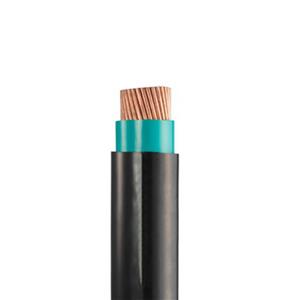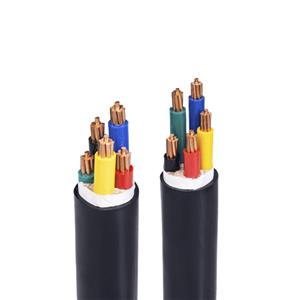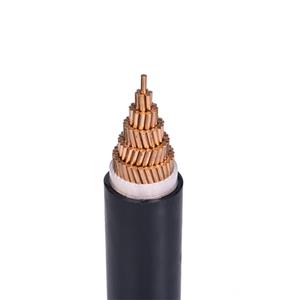What is the difference between fire-resistant cables and flame-retardant cables?
Our lives are inseparable from wires and cables, and there are many types of wires and cables. Among them, flame-retardant and fire-resistant cables are becoming more and more popular and are widely used in our lives. Many people cannot distinguish the concepts of the two. Clearly, although they are both fireproof cables, there is still a big difference. Different cables have different internal structures and materials, and their functions are very different.
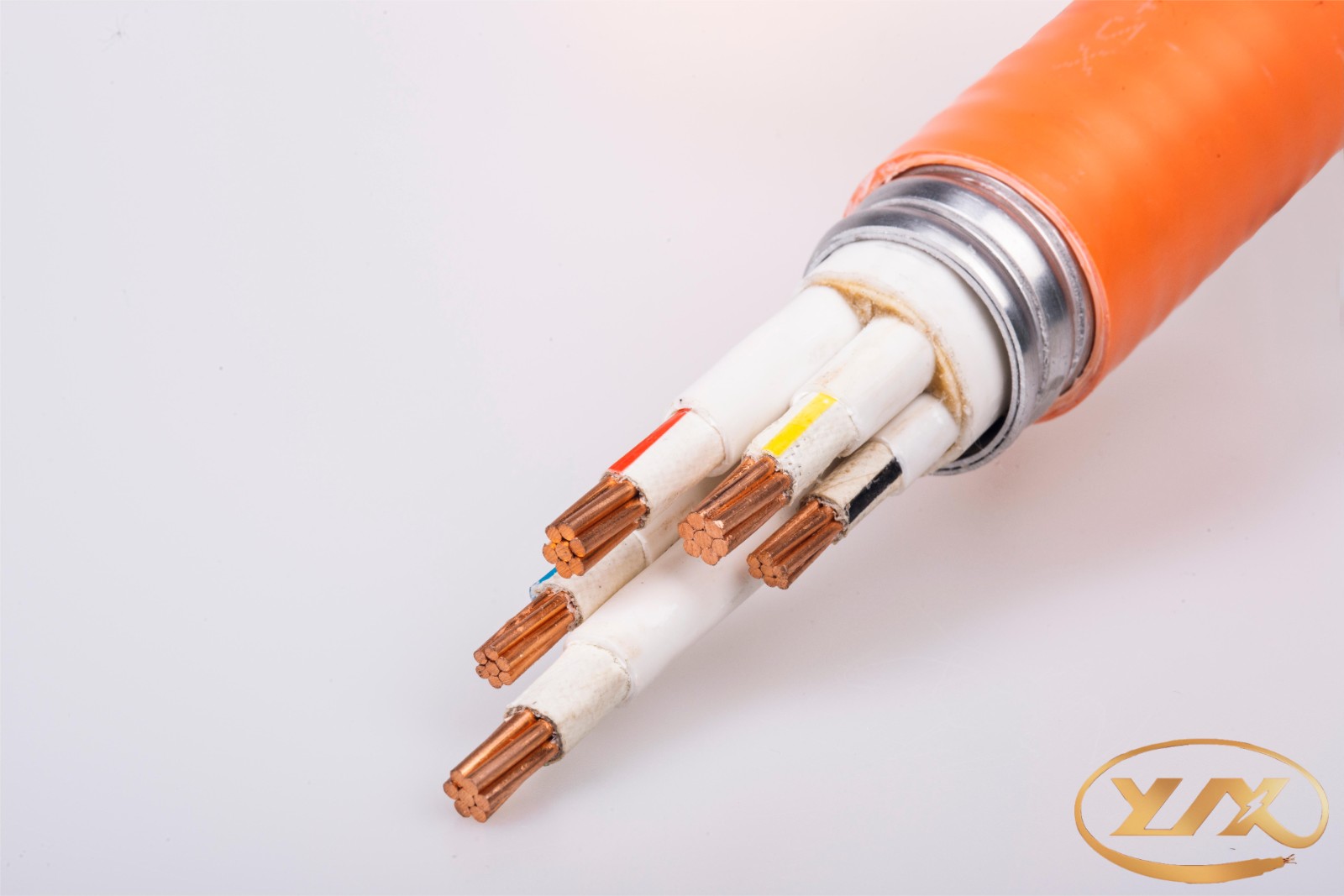
Fire-resistant cable refers to the ability to maintain operation for a certain period of time under flame burning conditions, that is, to maintain the integrity of the circuit. The amount of gas and smoke produced during combustion is small, and the performance is greatly improved. Especially during combustion, accompanied by water spray and mechanical impact, the cable still maintains the complete operation of the line. In layman's terms, in the event of a fire, the cable will not burn immediately and the circuit will be more reliable.
Mainly used in high-rise buildings, underground railways, nuclear power plants and important industrial and mining enterprises in places related to fire safety and firefighting and life-saving, such as emergency power supply to indoor firefighting equipment, fire alarm equipment, signal lights, ventilation and smoke exhaust equipment, emergency elevators, etc. line.
Flame-retardant cables refer to blocking and delaying the spread of flames along wires and cables so that the fire does not expand. This type of cable has self-extinguishing properties after catching fire, that is, it is not easy to burn, or when the cable catches fire itself or is ignited by an external fire source, It will no longer continue to burn after the fire is extinguished, or the burning time is very short (within 60 seconds), or the flame delay length is very short. Due to its low cost, it is the cable variety purchased in large quantities among fireproof cables.
It is widely used in large buildings, tunnels, petrochemical industries, power stations, mines and other places that have high requirements for fire protection. When a fire occurs, it can prevent the fire from spreading on the cable, avoid the expansion of the fire accident, and reduce losses.
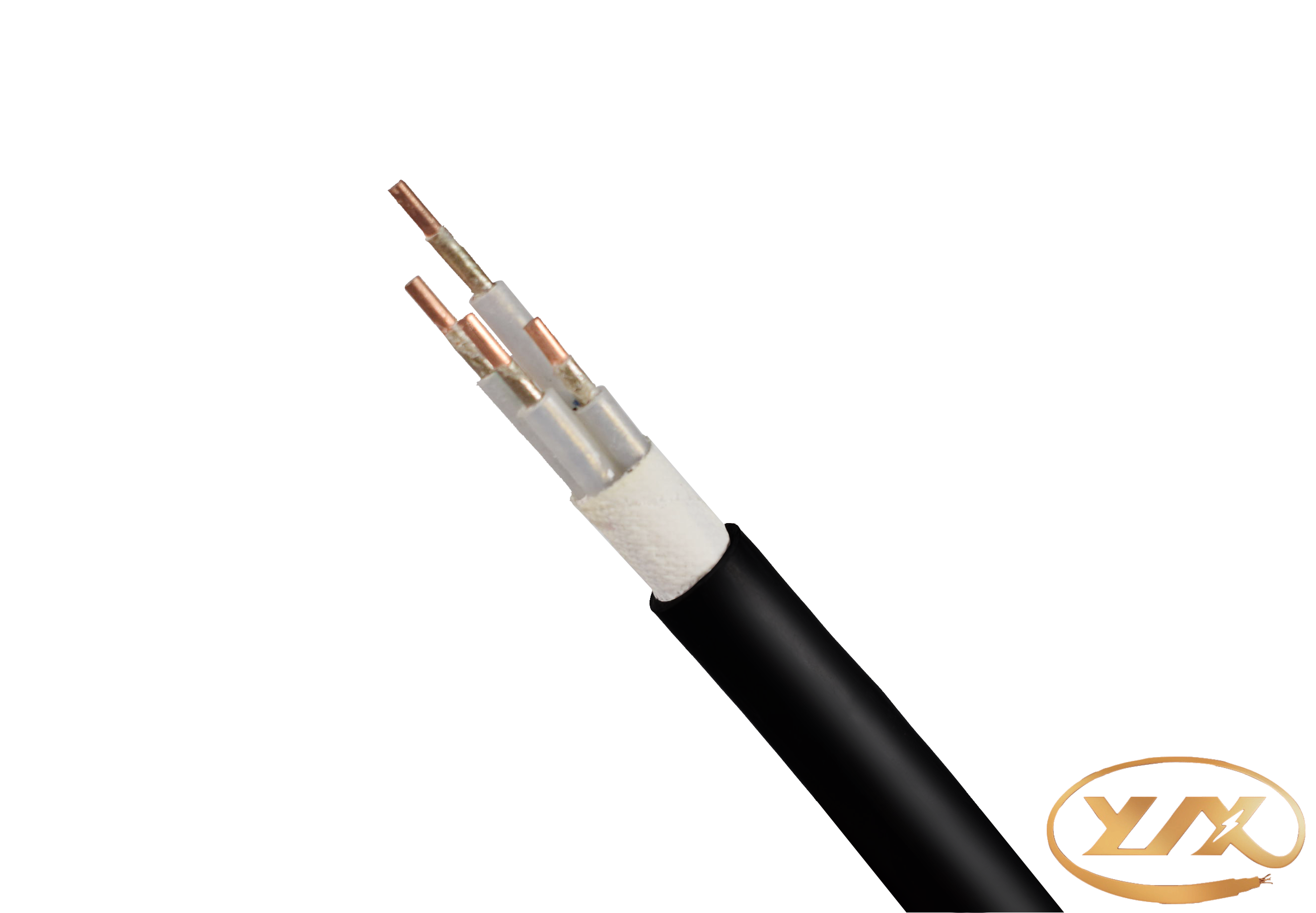
The main difference between fire-resistant cables and flame-retardant cables is that fire-resistant cables can maintain normal power supply for a period of time when a fire occurs, while flame-retardant cables do not have this characteristic, because the fire-resistant layer of fire-resistant cables is usually directly wrapped with multi-layer mica tape. On wires, it can withstand long-term burning. Even if the polymer where the flame is applied is burned, it can maintain the normal operation of the line. Therefore, the price of fire-resistant cables is relatively more expensive.
Under normal circumstances, fire-resistant cables can replace flame-retardant cables, but flame-retardant cables cannot replace fire-resistant cables. Flame-retardant cables are suitable for places with high concentration of people and low air density that require higher flame retardant requirements. Fire-resistant cables are suitable for lines that still need to maintain normal operation in the event of a fire, such as fire protection systems, emergency lighting systems, life-saving systems, alarms and important monitoring circuits in industrial-grade civil buildings.
In addition, everyone should pay attention to the fact that flame-retardant and fire-resistant cables are divided into ordinary and halogen-free, so when purchasing, be sure to find out whether they are halogen-free cables, such as halogen-free, low-smoke flame-retardant, fire-resistant copper core cross-linked cables Polyolefin insulation does not produce a large amount of smoke when burning. When a fire breaks out, the spread speed is slow, the smoke concentration is low, the visibility is high, and the amount of harmful gas released is small, which facilitates the evacuation of personnel.

